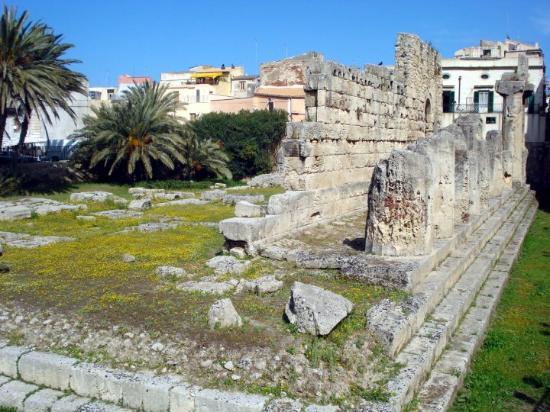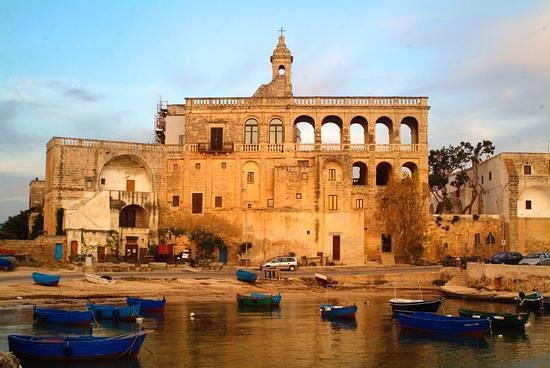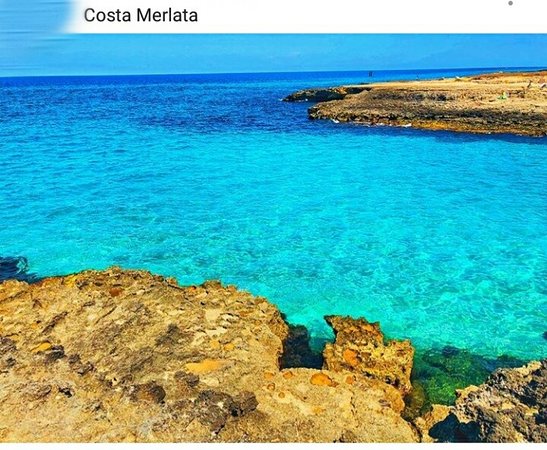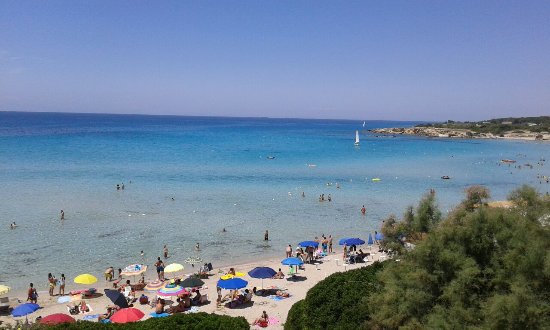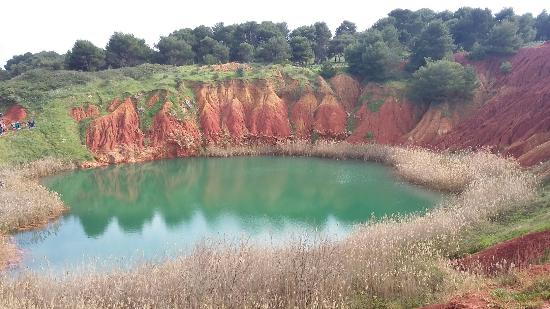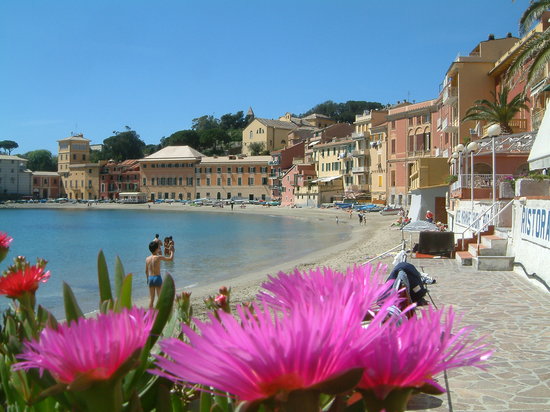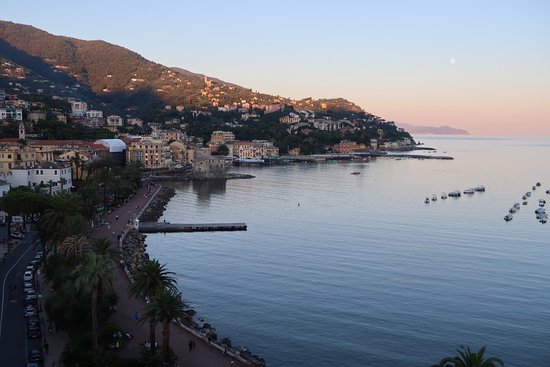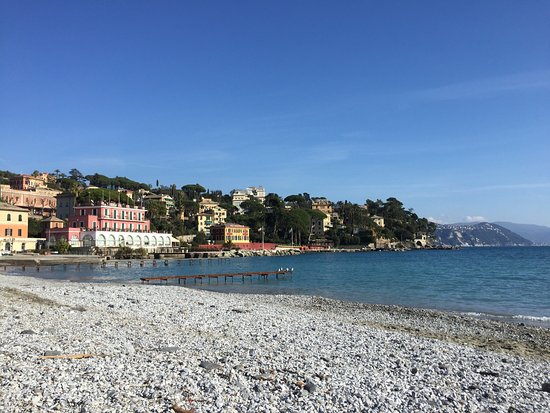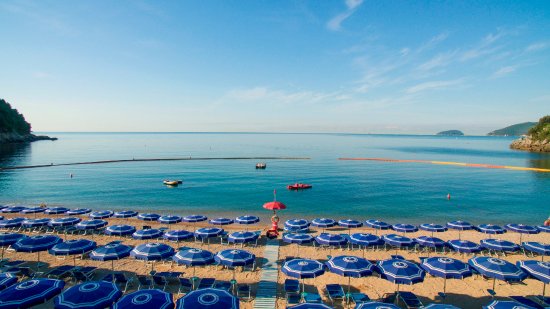UNESCO WORLD HERITAGE SITES ITALY
 |
| Unesco world heritage sites Italy |
What famous sites are located in Italy?
Venetian fortifications between XVI and XVII
This is the last UNESCO World Heritage sites in Lombardy, recognised in the 2017.Bergamo would't be the same without its impressive Venetian Walls. This spectacular circuit is over six km long: it's the perfect place to take a romantic walk and enjoy wonderful sunsets, and it has been enclosing the beauties of the Upper Town for more than four centuries.They were built starting from 1561 by the Republic of Venice in order to face enemies attacks, but History was kind with them: maybe due to their stunning beauty, they never underwent any siege. That is why they remained almost intact to the present day.The Walls consist of 14 bastions, 2 platforms, 100 embrasures for cannons, 2 armouries, four gates, not to mention the underground structures featuring sallies, passages and tunnels: don't miss the chance to walk inside the Walls and to visit the casamates of San Michele and San Giovanni.
The construction of the Walls required the destruction of more than 250 buildings, including 8 religious properties such as the Sant'Alessandro Cathedral and the Dominican convent of Santo Stefano: that's the reason for the 8 excommunications occurred during the works.
Lots of workers were employed to raise them, directed by Venice and Bergamo architects, due to the dimension of the project. The Unesco World Heritage nomination enlists the Walls within the serial and transnational site named "Venetian fortifications between XVI and XVII Century". The purpose is enhancing all the defensive system built by the Republic of Venice between the XVI and the XVII, in order to connect them by an ideal thread.
Santa Maria delle Grazie and Vinci's Last Supper
Leonardo da Vinci's Last Supper is a wall oil painting on plaster which was made between 1492 and 1498. Leonardo made the painting using a revolutionary mixture of Florentine spatial perspective and that obtained through chiaroscuro.One may observe how three windows open behind the apostles, through which a landscape may be glimpsed, shining a light on the back and sides of the protagonists, thus lending a unique character to the painting.Leonardo painted the Last Supper by mixing oil and gouache and overlaying it all onto two layers of plaster to obtain a smooth and level surface. An innovative but risky technique: over them to high degree of humidity in the room altered the colours and caused the paint film to detach. The restoration lasted about 20 years with the most state-of-the-art techniques in the field and has allowed the work to be significantly restored.
Booking.com
Rock Art of Val Camonica
Crossed by more than twelve thousand years of history, the so-called Valley of the Marks holds a collection of over 300 thousand engravings, at times enigmatic, other times simply moving, that are the most exemplary representation of the strong bond and pleasant interaction between man and nature over the centuries.On the rocks smoothed by glaciers, prehistoric men engraved the essence of their culture, their customs, but above all their day-to-day live from the post-ice age, through the Neolithic, until the Copper Age and the Bronze Age. You will find engravings of hunters, warriors and peasants, carts and ploughs, horses, deer and birds, huts and medieval towers.
There are many engraved symbols, among which the Camunian Rose from which the brand of Lombardy Region is derived, but they are outnumbered by the theories concerning them, enveloping them in a halo of mystery and legend.
Monte San Giorgio
The site, where thousands of fossils have been found, thus allowing the evolution of some animal and plant species to be studied, represents the best evidence to a period dating back to 245 million years ago.At the Besano Fossil Museum, set up inside a typical house of the end of the 19th century, which has preserved the original fireplaces and floors, you can see a collection of these fossils, the highlight of which is a large female specimen of Besanosaurus, a perfectly preserved, 6 metre-long ichthyologist. A really fascinating museum for adults and children alike.
Worker's Village of Crespi d'Adda
Crespi d'Adda is the ideal workers's town and it was built between the 19th and 20th centuries by the Crespis, Lombard cotton entrepreneurs to house the workers and their families. Only those who worked in the factory resided in the Village, and the life of the entire community revolved around the factory, its rhythms and its needs.The owner catered for all the needs of the workers and their families, and they were provided with a house and many state-of-the-art facilities such as a school, a hospital, a theatre, a gym and food and clothing shops.
Longobard power and worship centres in Italy
Two of the seven sites making up the serial site "Longobard power and worship centres in Italy" are in Lombardy. The first site is the San Salvatore - Santa Giulia Monastery Complex in Brescia, a beautiful architectural complex that represents one of the most important testimonies of religious architecture of the High Middle Ages, and which in the Longobard age was an important landmark also at political and social level.The site continued being important in later ages too, and was involved in extensions thanks to the rich donations. After wonderful restoration and enhancement work, the site is currently the seat of the City Museum, which houses the highest artistic evidence of the long history of Brescia and its area.
The second Longobard site is Lombardy is the Castrum of Castelseprio-Torba, consisting in the remains of the ancient castrum and the Holy Mary Church Foris Portas, and authentic jewel on whose walls is preserved one of the most interesting pictorial texts of the whole High Middle Ages.
Mantova and Sabbioneta
The two towns that have most contributed to spreading Renaissance ideals within and beyond Europe have been part of a single Unesco site since 2008. In Mantua you can go on routes devoted to Renaissance architecture and town planning such as the "Prince's Route" that includes the visit to Casa del Mantegna, Palazzo San Sebastiano and Palazzo Te. In Sabbioneta you should not miss the Palazzo Ducale, Teatro all'Antica and "Corrider Grande".
Booking.com
Sacred Mountains of Piedmont and Lombardy
The Sacro Monte of Varese and Sacro Monte of Ossuccio are the two Holy Mountains in the Lombardy region. Jewel of sacred art immersed in nature, the former located near Varese, the latter in the Como province. They can be reached on foot through the beautiful votive chapels located on the route leading to the respective Sanctuaries.An experience worth having to fully appreciate spirituality and harmony.The Bernina Rhaetian Railway
Also called the Little Red Train, it is known as the most beautiful train in the world ar also the "train that climbs the mountains". Tackling gradients of 70 per mile, it almost touches the sky, at 2,253 metres of altitude, the highest point reaches its destination: Saint Moritz.Each stopover is a unique opportunity to wonder and be amazed, because the landscape is always spectacular and never the same.The Bernina Express railway meanders along an itinerary of great tourist and environmental worth through the Alps and was therefore registered in the UNESCO world Heritage List in 2008.






